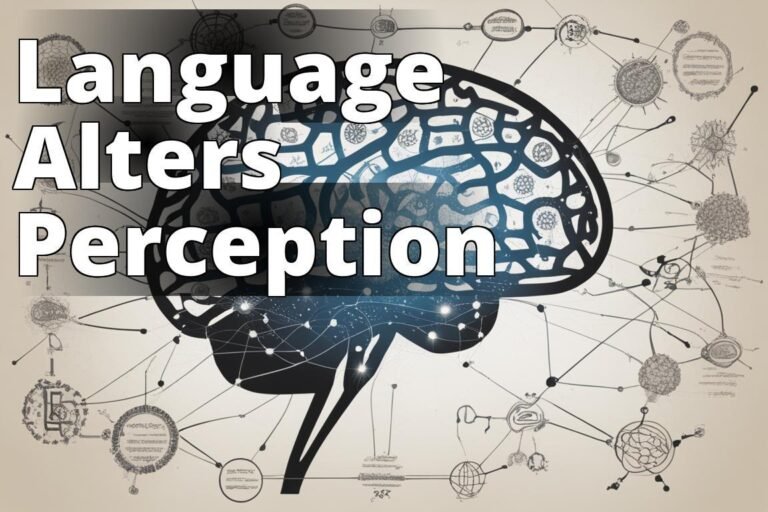What is the quantum world?
What is the quantum world? This is a question that might sound like the prelude to a science fiction novel, yet it represents the frontier of modern physics and a fundamental aspect of our reality. Quantum mechanics is not just a branch of physics; it’s the rulebook for everything that is microscopically small – atoms, electrons, photons, and beyond. In this expansive guide, we’ll unravel the A-Z of quantum mechanics, navigating through its bewildering concepts with examples and images that aim to demystify this enigmatic world. From quantum computing to the mind-bending ideas of quantum entanglement and teleportation, prepare to embark on a journey through the heart of the quantum realm.
Understanding the Quantum World
- Quantum world:
- Explores quantum mechanics, quantum physics, quantum theory, quantum field theory, quantum electrodynamics, quantum chromodynamics, quantum gravity, and more.
- Key concepts:
- Quantum computing, quantum entanglement, quantum superposition, quantum tunnelling, quantum teleportation, quantum cryptography, quantum biology, and quantum mind.
- Implications:
- Discusses the fascinating aspects and implications of the quantum world on various scientific fields and beyond.
Quantum Mechanics
Quantum mechanics is the skeleton key of the physical universe, unlocking the behaviors and interactions of particles at the smallest scales. Imagine tossing a ball in the air. Classical physics can predict its trajectory and landing spot. However, at the atomic level, particles like electrons don’t follow such predictable paths. They exist in a state of probabilities, a cloud of “might-be’s” until observed.

This fundamental uncertainty shakes the very foundation of determinism and introduces a world where the act of measurement alters the outcome.
Quantum Physics
Quantum physics broadens the canvas of quantum mechanics, applying its principles to the vast tapestry of the natural world. It tells us that particles can be waves, and waves can be particles, depending on how we look at them. This wave-particle duality is illustrated by the famous double-slit experiment, where light behaves as both a particle and a wave.
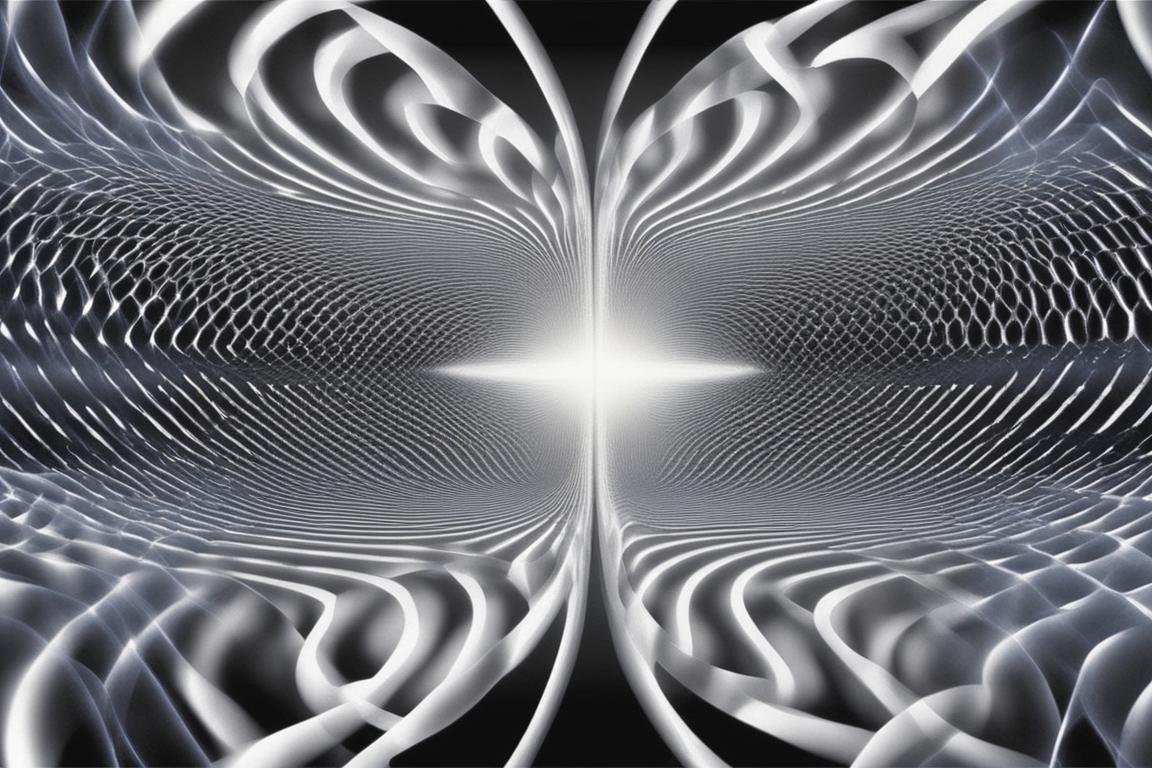
This duality is not just a quirky property of light but a fundamental feature of all quantum particles.
Quantum Theory
Quantum theory is the theoretical framework of quantum mechanics, a set of principles that explain the nature and behavior of the quantum world. It’s a mathematical playground where probabilities, rather than certainties, dictate outcomes. Here, Schrödinger’s cat paradox beautifully illustrates the concept of superposition – the cat in the box is simultaneously alive and dead until observed.
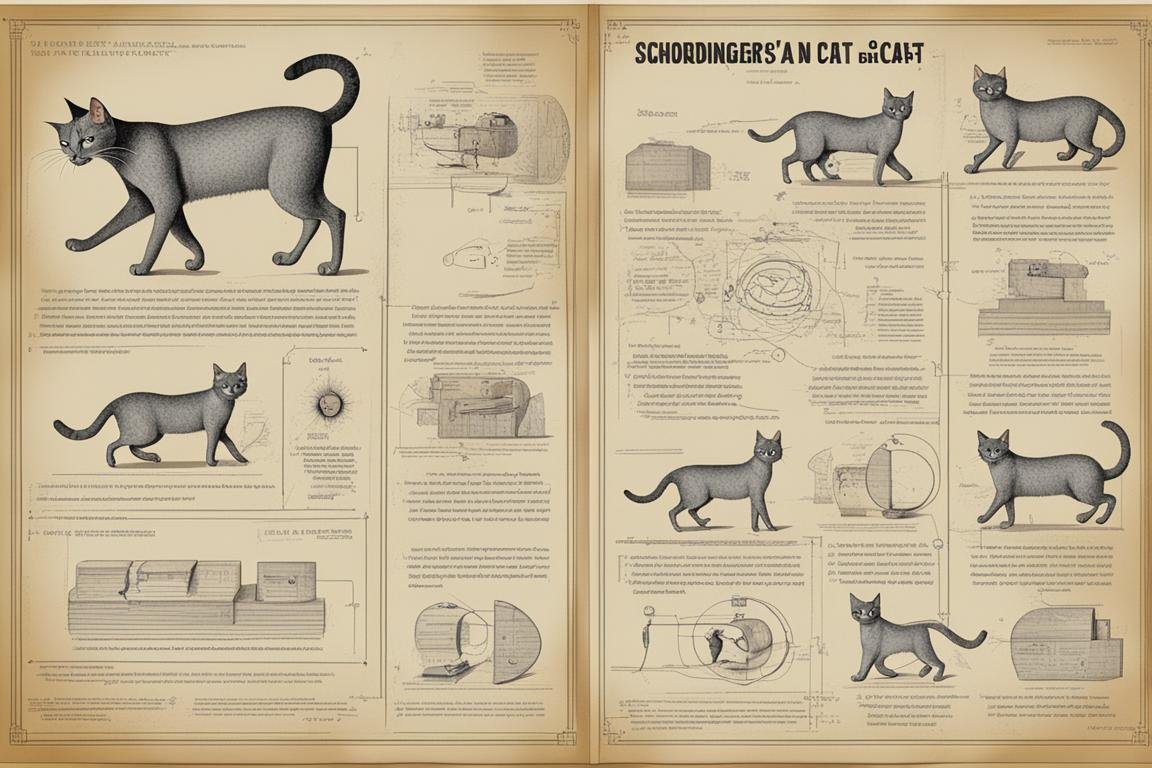
This paradox highlights the strange, counterintuitive nature of quantum theory, where reality is not fixed but contingent upon observation.
Quantum Field Theory
Quantum field theory (QFT) takes the principles of quantum mechanics and applies them to fields, like the electromagnetic field. It’s a framework that allows particles to be created and destroyed, encapsulating the dynamic, ever-changing nature of the quantum world. QFT is crucial in explaining phenomena like the Higgs boson, the particle responsible for giving other particles mass.

Through QFT, the vacuum of space is seen not as empty, but as a bubbling sea of potential particles and antiparticles.
Quantum Electrodynamics
Quantum electrodynamics (QED) zooms in on the interactions between light (photons) and matter. It’s a theory that marries the principles of quantum mechanics with the theory of relativity, accounting for the force of electromagnetism at the quantum level. QED has accurately predicted phenomena to an extraordinary degree, making it one of the most successful theories in physics.
Through QED, complex interactions in the quantum world are broken down into manageable, visual diagrams.
Quantum Chromodynamics
Quantum chromodynamics (QCD) deals with the strong force, one of the four fundamental forces of nature, responsible for holding the nuclei of atoms together. It describes how quarks (the building blocks of protons and neutrons) and gluons (the particles mediating the strong force) interact. QCD introduces the concept of color charge, a type of charge that quarks possess, leading to a rich tapestry of possible interactions.
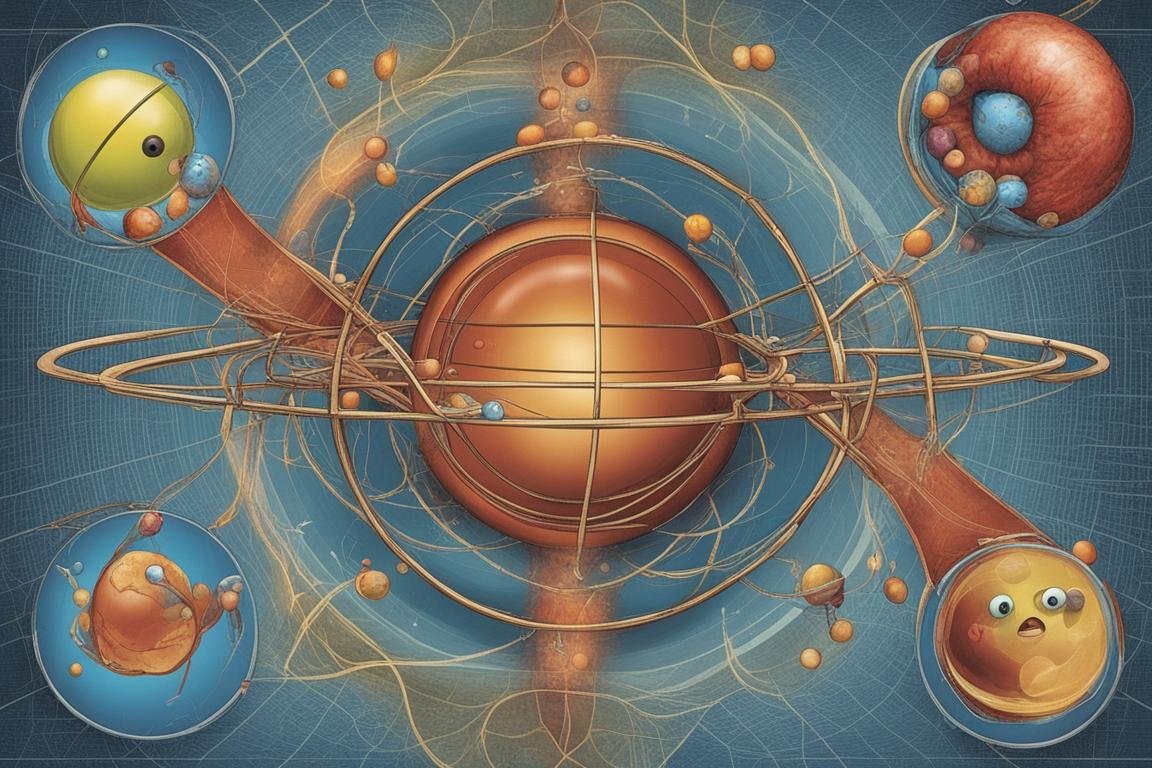
QCD reveals a dynamic, colorfully charged world inside the atom, far removed from the static, nucleus-orbiting electrons of high school physics.
Quantum Gravity
Quantum gravity is the holy grail of physics, an attempt to weave together quantum mechanics and general relativity into a single, unified theory. While still a work in progress, theories like loop quantum gravity and string theory offer glimpses into a possible quantum theory of gravity. This unification would not only revolutionize our understanding of the universe but also explain phenomena like black holes and the Big Bang from a quantum perspective.

Quantum gravity represents the frontier of theoretical physics, where the very fabric of spacetime is subject to quantum uncertainty.
Quantum Computing
Quantum computing uses the principles of quantum mechanics to process information in ways that traditional computers can’t. By exploiting phenomena like superposition and entanglement, quantum computers can perform complex calculations at unprecedented speeds.

This burgeoning technology has the potential to revolutionize fields from cryptography to drug discovery, harnessing the strange properties of the quantum world for practical purposes.
Quantum Entanglement
Quantum entanglement is a phenomenon where particles become interconnected, such that the state of one instantaneously influences the state of another, no matter the distance separating them. This “spooky action at a distance,” as Einstein called it, challenges our classical notions of space and causality.
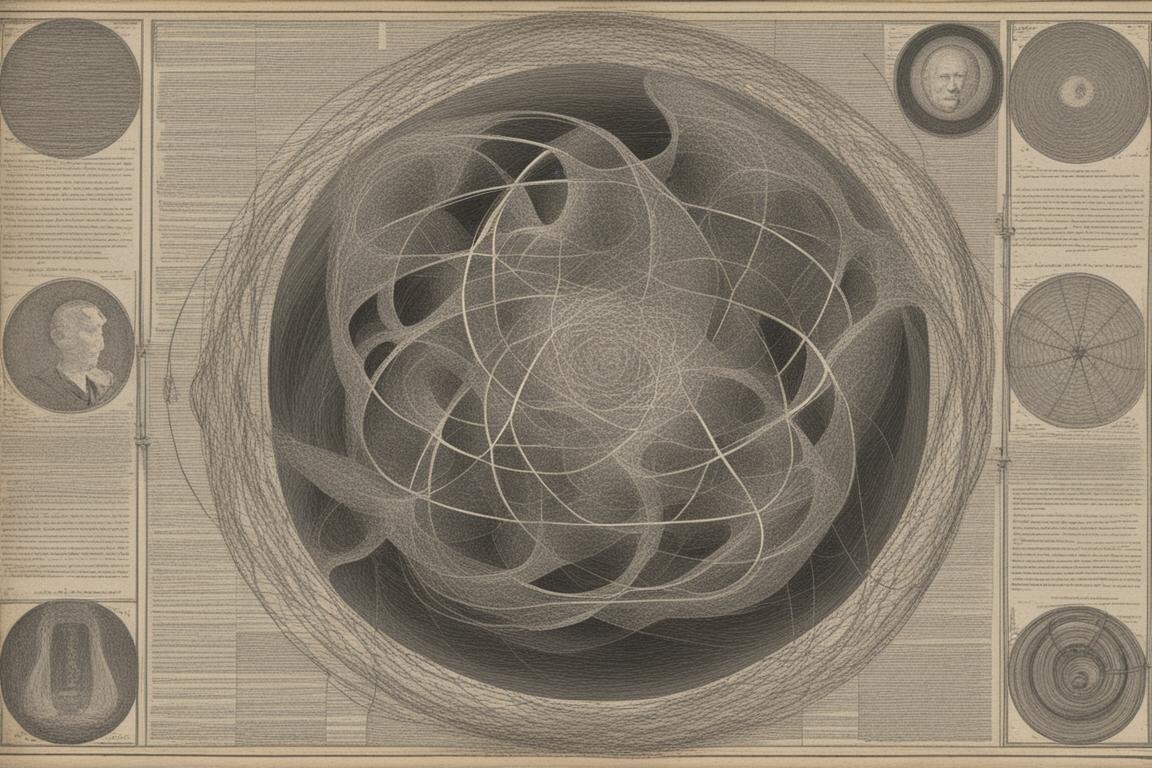
Entanglement is not just a theoretical curiosity but a practical tool in quantum computing and cryptography, enabling secure, long-distance communication.
Quantum Superposition
Quantum superposition is the principle that a quantum system can exist in multiple states at the same time until it is measured. This is the heart of quantum computing, where bits (qubits) are not just 0 or 1 but both simultaneously, allowing for an explosion in computational power.
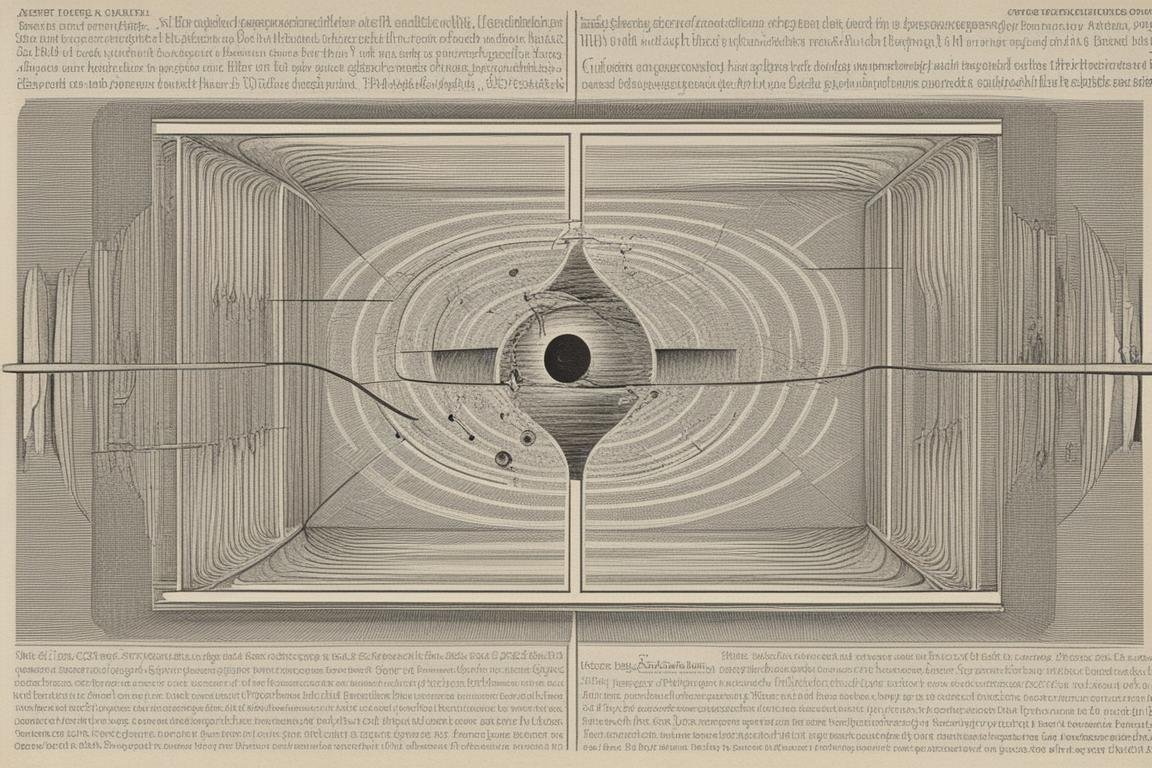
Superposition challenges our everyday experience with the macroscopic world, where objects cannot be in two places at once, revealing the truly bizarre nature of the quantum realm.
Quantum Tunneling
Quantum tunneling is a phenomenon where particles pass through barriers that, according to classical physics, should be insurmountable. This underpins nuclear fusion in stars, where protons tunnel through the electromagnetic force barrier to fuse into helium.
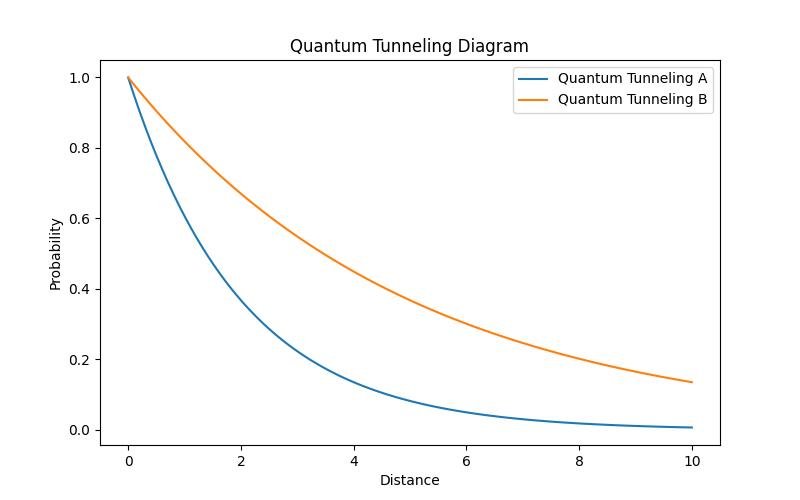
Tunneling is not just a stellar phenomenon but has practical applications in technology, from tunnel diodes to the scanning tunneling microscope, showcasing the quantum world’s direct impact on our daily lives.
Quantum Teleportation
Quantum teleportation is the transfer of quantum states between particles over distance, leveraging entanglement. While it doesn’t transport matter, it allows for the instant transfer of information, a potential game-changer for secure communication networks.

This technology is still in its infancy but represents a step towards a future where quantum networks could render traditional encryption obsolete.
Quantum Cryptography
Quantum cryptography uses the principles of quantum mechanics to secure information in a way that is theoretically immune to hacking. By leveraging the unpredictable nature of quantum particles, it ensures that any attempt at interception alters the information, revealing the intrusion.
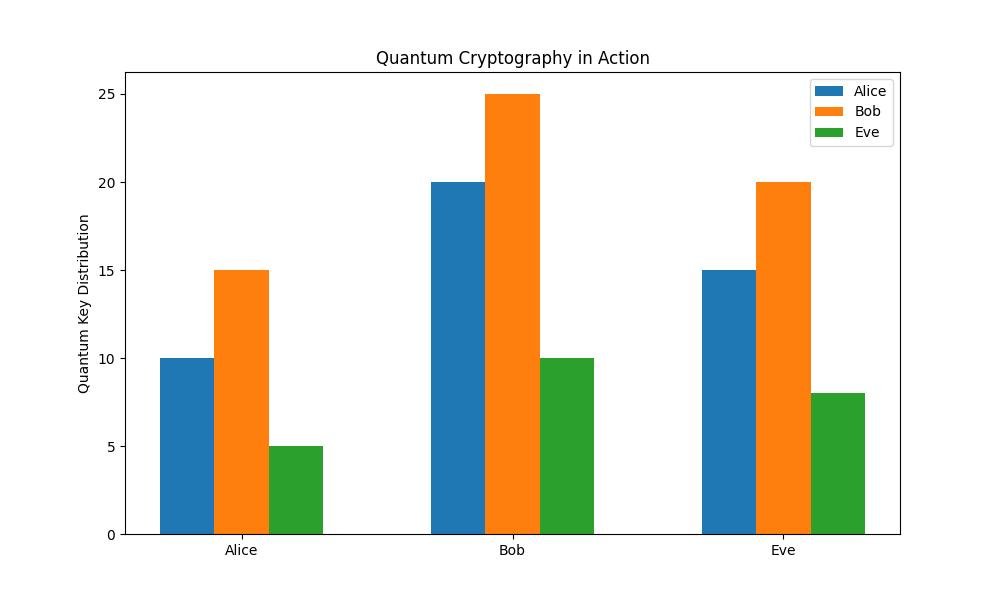
In a world increasingly reliant on digital security, quantum cryptography offers a glimpse into the future of unhackable communication.
Quantum Biology
Quantum biology applies the principles of quantum mechanics to biological processes. From photosynthesis to enzyme action, quantum tunneling and entanglement are being discovered at the heart of vital biological mechanisms.
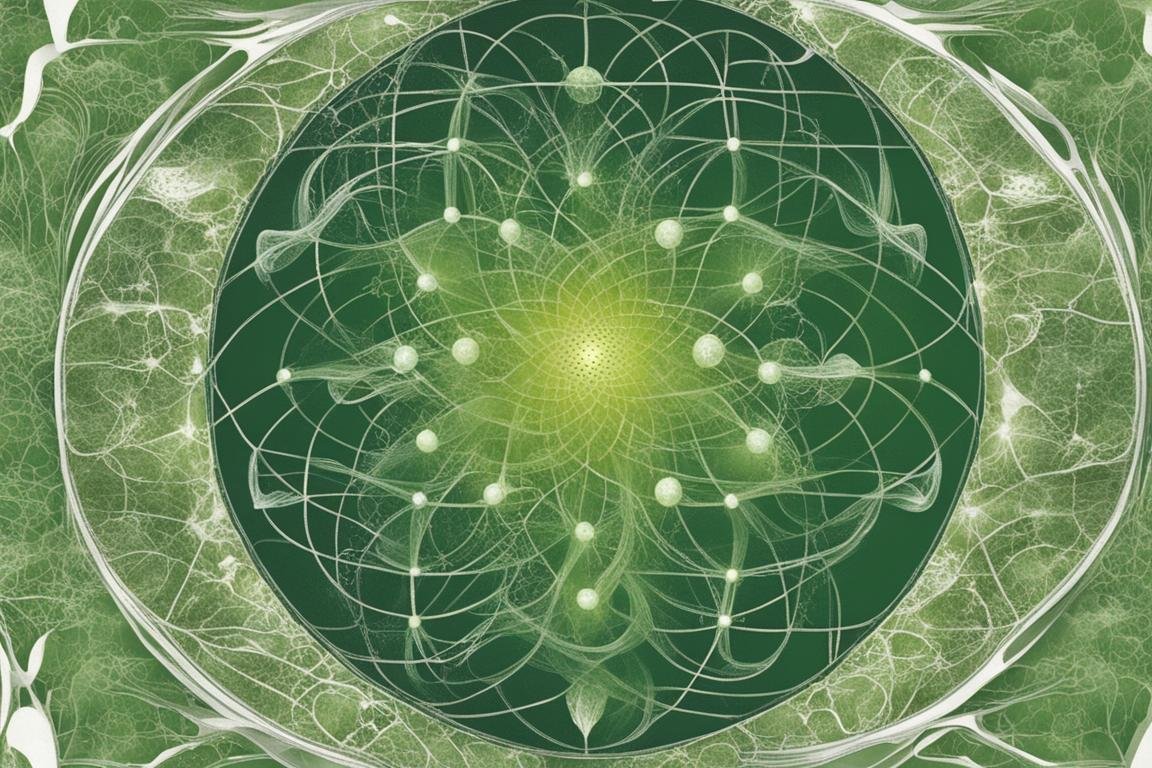
This emerging field suggests that the weirdness of the quantum world is not just a curiosity of physics but a fundamental aspect of life itself.
Quantum Mind
The quantum mind hypothesis suggests that quantum mechanics plays a key role in cognitive processes, potentially explaining consciousness itself. While highly speculative and controversial, it opens intriguing possibilities for the intersection of quantum physics and neuroscience.

This hypothesis challenges our understanding of consciousness, suggesting that the mind might ultimately be a quantum computer, capable of processing information in ways we’re just beginning to understand.
In conclusion, the quantum world is not just a realm of theoretical physics but a fundamental aspect of our universe, influencing everything from the stability of atoms to the potential for revolutionary technologies and even the workings of our minds. Through this A-Z guide, we’ve only scratched the surface of the quantum realm, a testament to the depth and complexity of this fascinating field. As we continue to unravel the mysteries of the quantum world, we edge closer to understanding the fundamental nature of reality itself, a journey that is as bewildering as it is exhilarating.
For further exploration of the quantum universe, be sure to visit our comprehensive index of physics topics here.
Questions & Answers
Who studies the quantum world in the physics of the supernatural?
Physicists delve into the quantum realm to understand supernatural phenomena.
What defines the quantum world in supernatural physics?
The quantum world is governed by subatomic particles and their behaviors.
How do physicists explore the quantum world in supernatural studies?
Physicists use advanced theories and experiments to uncover the mysteries of the quantum realm.
Why should one believe in the quantum world of the supernatural?
The quantum world offers insights into the unexplained and can challenge conventional beliefs.
How can the quantum world be connected to supernatural occurrences?
Quantum entanglement and superposition could explain supernatural phenomena.
What objections are there to the study of the quantum world in supernatural physics?
Some may view the quantum world as pseudoscience, but it offers a unique perspective.







